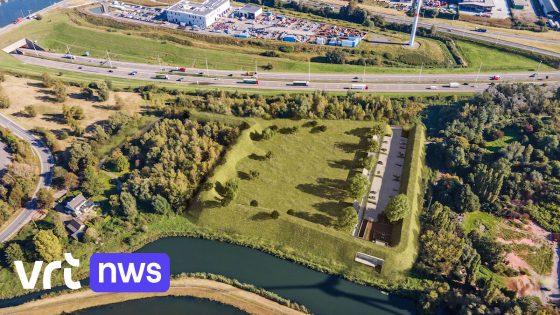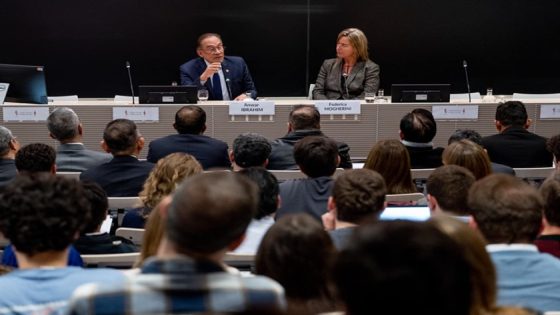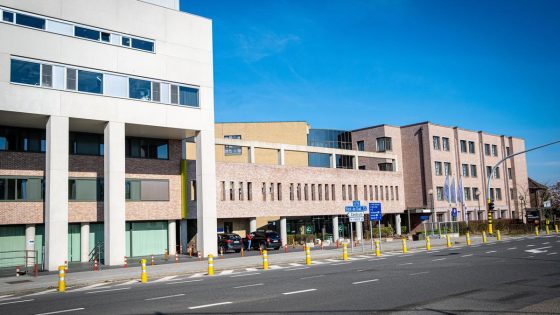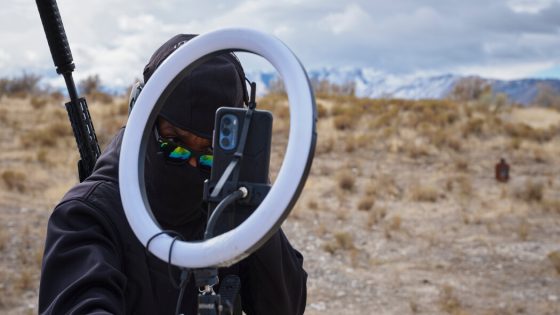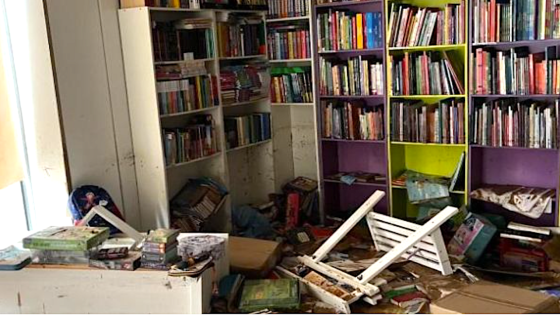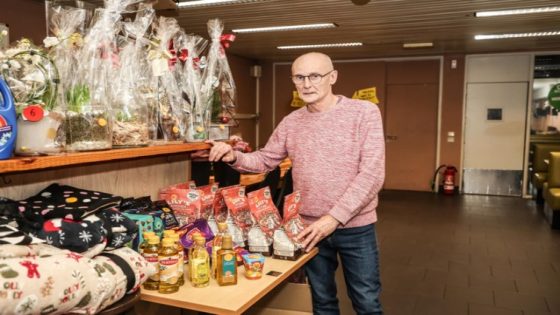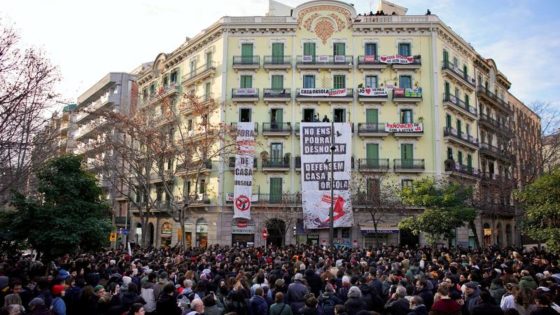The municipality of Puurs-Sint-Amands is not alone in opposing the shooting range permit. On February 12, 2025, Niel’s Mayor Ingrid Meulders expressed her surprise and concern over the recent decision. “We are considering our next steps,” she stated, confirming that objections to the permit will be filed again. What does this mean for local governance and community safety?
- Municipality of Puurs-Sint-Amands filing objections
- Mayor Ingrid Meulders represents two parties
- Niel is considering further legal steps
- New objections against the permit expected
Community Concerns Rise Over Shooting Range Permit in Belgium
This latest development raises questions about public safety and local governance. Why are municipalities like Niel taking a stand? The approval of the shooting range permit by provincial authorities has left many residents feeling uneasy.
Impact of Shooting Ranges on Local Communities in Belgium
The approval of the shooting range permit has ignited significant debate among local officials and residents alike. Many wonder how such facilities can coexist with residential areas. Are these permits being granted without sufficient oversight?
Key Concerns About Shooting Ranges in Residential Areas
As communities grapple with this issue, several key concerns have emerged:
- Noise pollution affecting nearby residents.
- Potential safety hazards from stray bullets.
- Lack of adequate regulations governing shooting ranges.
- Community opposition leading to further legal actions.
The Role of Local Governments in Permit Approvals
This situation underscores the vital role local governments play in ensuring community welfare. Officials must balance economic interests with public safety. How can they ensure that all voices are heard before making decisions that affect entire neighborhoods?
The Future of Shooting Ranges: A Community Perspective
The ongoing debate around shooting ranges reflects broader societal concerns about gun culture and public safety. As more municipalities voice their objections, it raises an essential question: what does the future hold for such facilities in densely populated areas?



